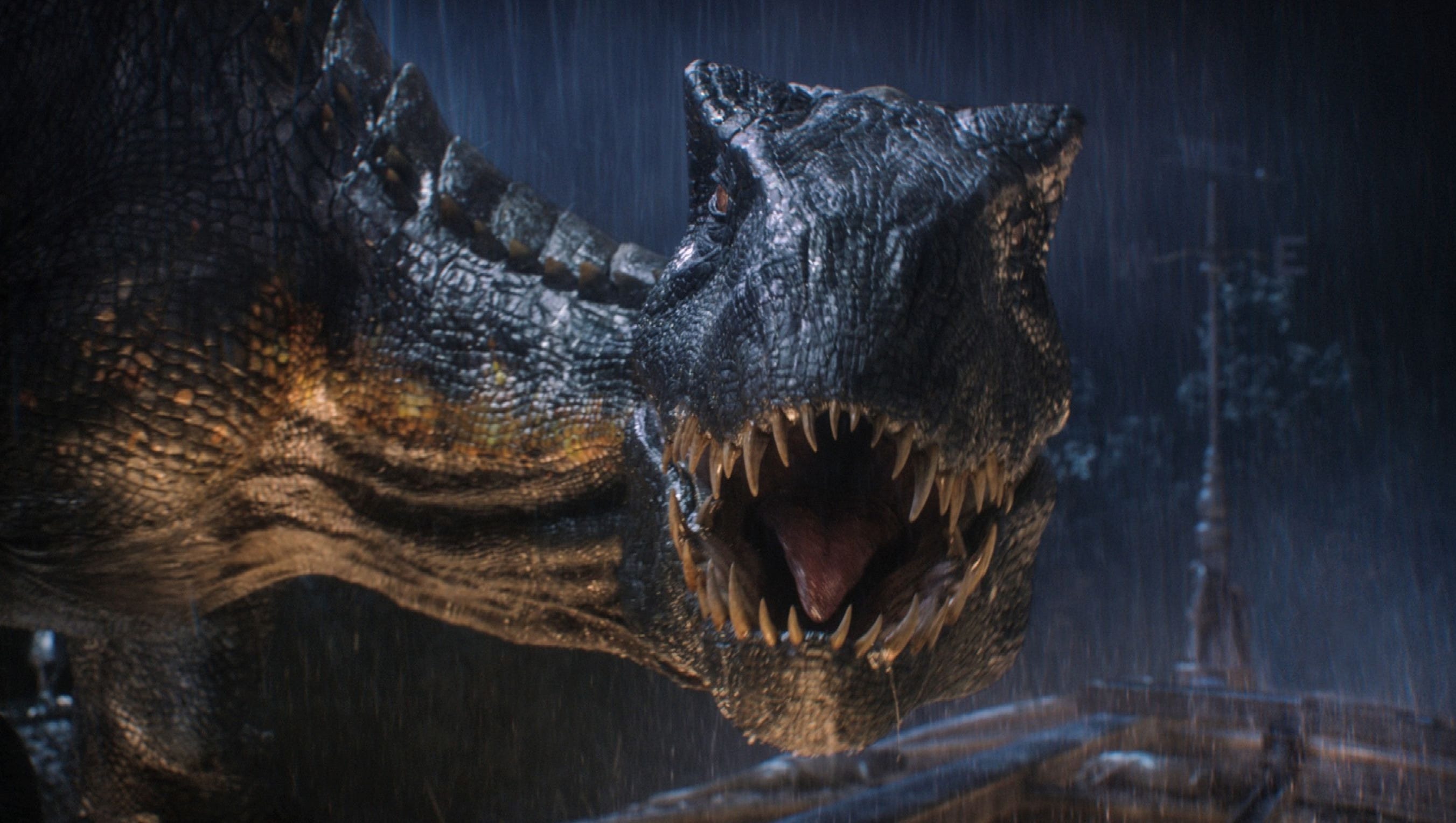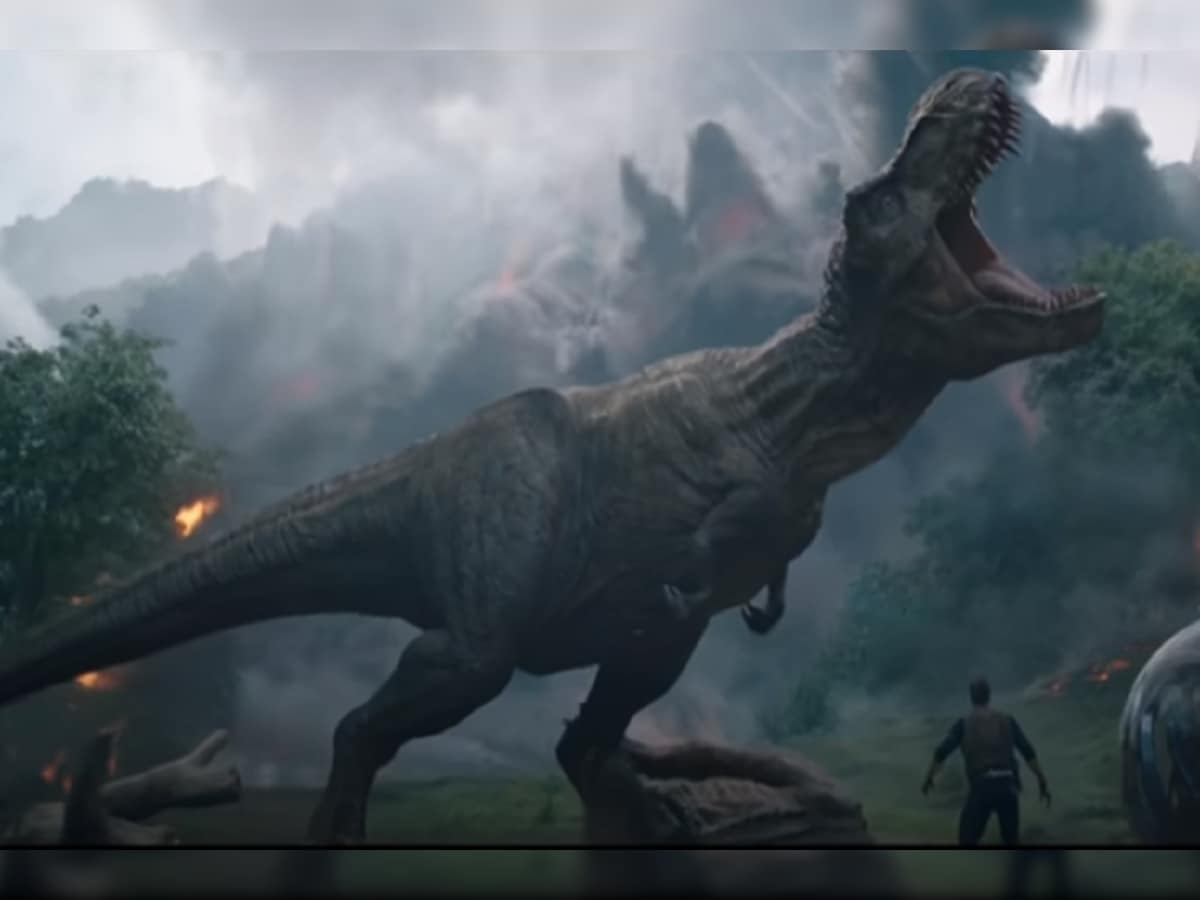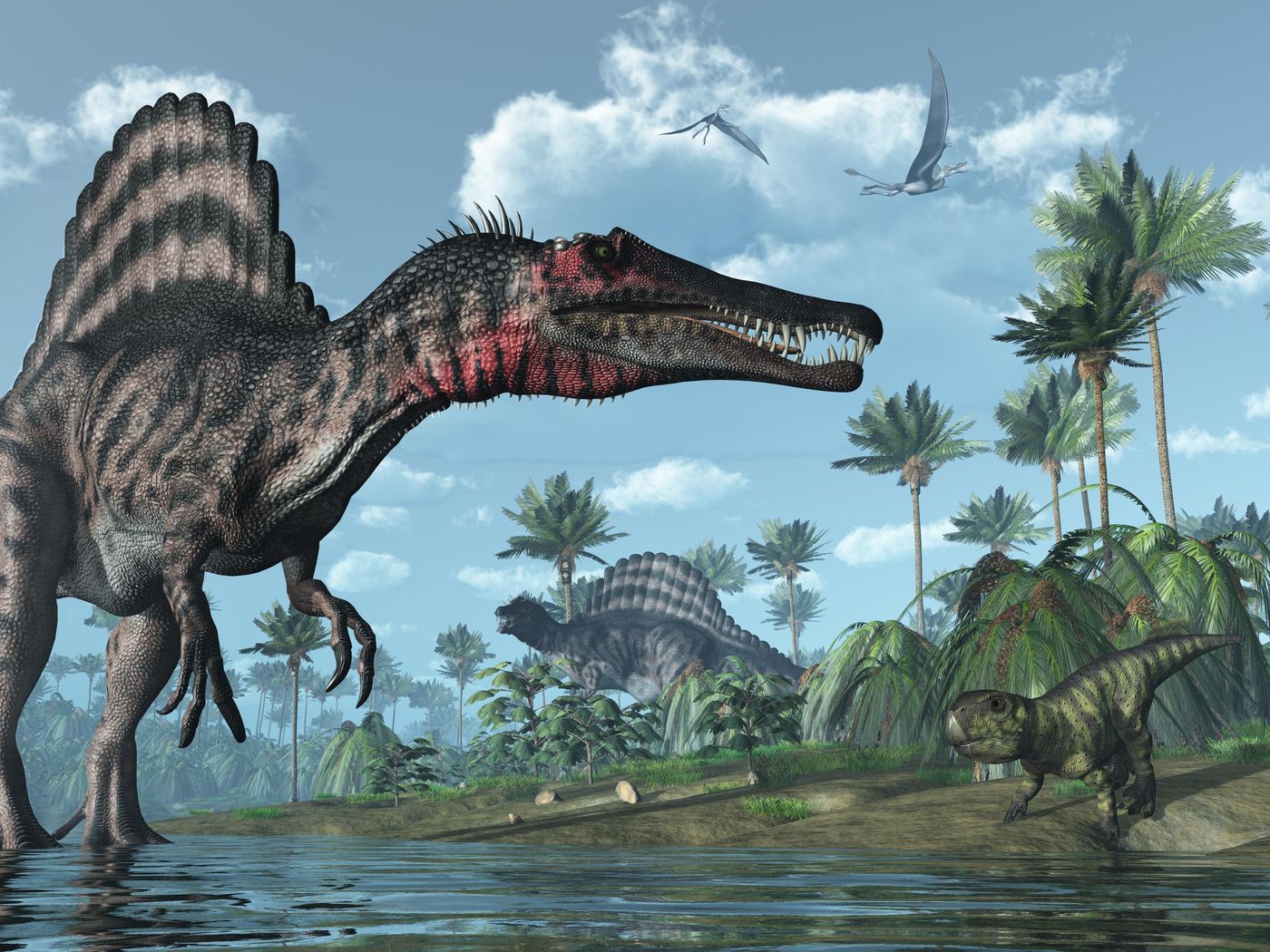Most Deadly Dinosaurs In The Jurassic World
Steven Spielberg’s ambition to bring the iconic Michael Crichton novel to the big screen, and with it, a collection of spectacular and awe-inspiring dinosaurs to both tease and scare audiences sparked the Jurassic Park series. Some of the deadliest of the lot also seem to be the coolest, which is presumably why so many kids love them.
With Jurassic World: Dominion set for release in 2022, fans will be able to revisit the major dinosaurs that helped make the franchise so successful. These are the dinos who keep the crowd squealing with glee as they wreak mayhem and chaos wherever they go.
INDORAPTOR

The Indoraptor, like the Indominus Rex before it, as a consequence of Jurassic World’s geneticists messing with creatures that should be left alone. As a consequence, a hybridized killing machine designed expressly for use as a biological weapon was created. Its DNA is a hybrid of the Indominus and the Velociraptor, resulting in a lethal mutt.
The Indoraptor was designed to zero in on prey using advanced targeting technology and then go for the kill. Outside of its bounds, it was no less dangerous on its own. It combined the Indominus Rex’s most frightening predator traits with the Raptor’s aptitude for stealth and problem-solving. It wasn’t going to win any medals for scientific accuracy in film, but it did make for a scary experience.
TYRANNOSAURUS REX

No matter how frightening the dinosaurs get, Jurassic Park’s original T-Rex remains one of the finest. This legendary dinosaur inspired generations of children to study paleontology, and it’s difficult to dispute its coolness quotient, even when compared to bigger, sleeker colleagues on the food chain.
In every aspect, the T-Rex is scary. It’s a mechanical killing machine that hunts based on specific criteria, making it appear more like a robot than a living being. Its destructive power and voracious appetite are matched only by its intimidation factor. Try as they might, filmmakers won’t be able to top it.
SPINOSAURUS

The Spinosaurus was added in Jurassic Park III in an attempt to mix up the established formula while providing spectators with something other than the T-Rex to yell at. It’s a terrifying dinosaur that seems leaner and meaner than its rival, and it’s much more lethal.
The T-Rex may still be the coolest dinosaur, but the Spinosaurus is a heavyweight in its own right. While a T-Rex can kill a Spinosaurus, Jurassic Park III depicted the original Spino breaking a T-neck Rex like a twig. One of the many intriguing facts about Jurassic Park III is that this fight was planned to go longer.
MOSASAURUS

The only reason the Mosasaurus isn’t the ruler of the ancient world is that it spends all of its time under the water. It wouldn’t be a competition if this were a land-based monster. Without a question, this is one of the most terrifying and lethal dinosaurs the franchise has ever featured, rivaling even the classic Jaws for the deep sea killer title.
The Mosasaurus is enormous in size, and its lethal jaws can create mincemeat of even larger animals. What’s truly terrifying is the understanding that it doesn’t need to chew and can simply devour its victim whole. It’s unlikely that humans would be around if one of these monsters acquired limbs and got them onto land.
INDOMINUS REX

The Indominus Rex is unquestionably the most fearsome dinosaur in the Jurassic Park/World franchise. It’s unholy mutilation of genetic alteration designed exclusively to entice new customers and earn their money. This not only makes it immoral and unethical but also highly reckless.
The Indominus combines the DNA of several dinosaurs to create an almost perfect killing machine. It’s massive, swift, and highly powerful. It also possesses an aggressive threshold that has not been observed in other species. It kills on sight for no cause and takes enormous pleasure in the hunt. It can even blend in with its surroundings, fooling not only the human sight but also modern technology such as temperature sensors.





